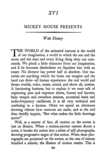
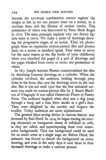
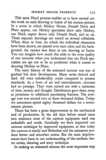
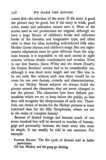
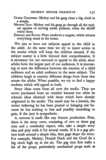
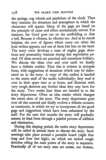
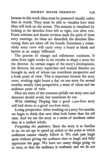
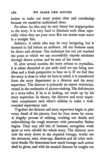
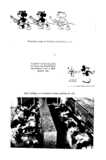
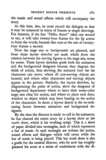
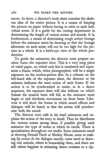
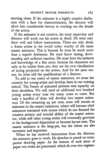
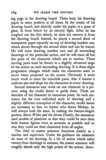
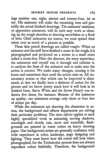
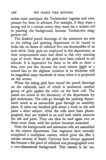
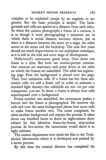
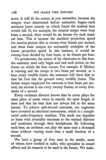
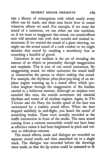
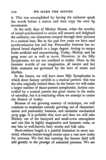
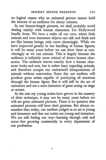
THE WORLD of the animated cartoon is the world A. of our imagination, a world in which the sun and the moon and the stars and every living thing obey our commands. We pluck a little character from our imagination, and if he becomes disobedient we liquidate him with an eraser. No dictator has power half so absolute. Our materials are anything which the brain can imagine and the hand can draw all human experience: the real world and dream worlds, color, music, sound, and above all, motion. A fascinating business, but to explain it we must talk of registering pins and exposure sheets, frames and layouts, basic tempos and sweatbox sessions, acoustical beats and audio-frequency oscillators. It is all very technical and confusing to a layman. Often we spend an afternoon showing visitors how cartoons are made, and at the end they timidly inquire, "But what makes the little drawings move?"
Well, as a matter of fact, all motion on the screen is When just an illusion. a motion-picture camera shoots a scene, it breaks the action into a series of still photographs, showing progressive stages of that action. When these photographs are projected on the screen, at the rate of sixteen hundred a minute, the illusion of motion results. This is because the eye-brain combination cannot register the images as fast as we can project them on a screen, so it overlaps them and the illusion of morion results. This persistence of vision was discovered by Peter Mark Roget in 1826. The same principle explains why our drawn figures seem to move. We make a series of drawings showing the progressive stages of an action. Then we photograph these on regulation morion-picture film and project them on a screen at standard speed. They seem to move for the same reason as the flip books of your childhood, when you thumbed the pages of a pad of drawings and the pages whisked from cover to cover: the persistence of vision.
[…]
| Id | 6305 |
|---|---|
| Availability | Free |
| Inserted | 2021-09-14 |